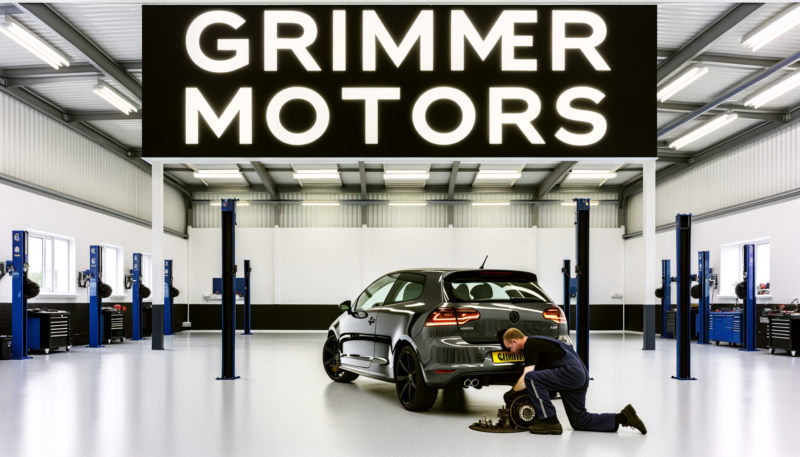If you’ve ever cruised down Ulster Street in Hamilton and noticed a weird clicking when you turn, or you’re sitting at the lights on Peachgrove Rd hearing a little knock under the front, chances are there’s something going on with your CV joints. Happens more than you’d think, especially if your daily commute’s a mix of those bumpy side streets in Rototuna or you’re doing the Canterbury Cres-to-Te Awamutu school run. The CV joint is what lets your wheels move up and down, left and right, all while sending power from your engine to your wheels. If they’re not in good nick, you could end up failing your WOF — not to mention, it’s just plain unsafe.
1. Check and Replace CV Boots
Catch the Issues Before They Get Ugly
We see this all the time — someone comes in with their Toyota Alphard or maybe a Mazda Atenza, and the CV boots are split open. These rubber covers keep the grease in and dirt out. Once they’re cracked or leaking, that greasy stuff ends up sprayed all over your wheel arch, and before you know it, the actual joint is grinding away. Doesn’t matter if you’re smashing over the big potholes out in Tamahere or crawling across the speed bumps in Dinsdale, if those boots are gone, your next stop might be a tow truck. Catching damaged boots early saves you a heap and keeps you sweet for the WOF. If you’re not sure what you’re looking for, have a yarn with us about CV boot checks.
2. Sort Out the Grease: CV Joint Lubrication
Keep ‘Em Spinning Smooth
If you’re driving an old Honda Odyssey or maybe a Kia Carnival, and the boot’s okay but there’s not much grease, you want to get that sorted. Grease is what keeps the joint spinning nice and quiet, even with all the stop-start traffic on Victoria Street or those freezing Hamilton foggy mornings. When we get a car in and there’s barely any grease in there — we see it more with some European stuff like Skoda Octavias — packing them with the proper stuff can add years to the joint’s life. Good greasing means less friction and a way better shot at passing WOF. Want it done properly? Let us handle it.
3. Check for CV Joint Wear or Damage
Listen for Clicks, Knocks, and Vibrations
Ever turned into Grey Street and heard that familiar click-click-click? Or get up to speed heading out to Ngaruawahia and the steering wheel shakes like mad? Could be your CV joint is tired. We get everything in — hybrids, old Nissan Bluebirds, or even the less-common stuff like Suzuki Swifts owned by students at Wintec. Doesn’t matter who’s behind the wheel. Once you start getting those noises, best thing is book in before you end up stranded outside Chartwell with no drive to the wheels. Early repair means you’ll pass your WOF inspection and avoid bigger bills. Ask our techs to check it out next time you’re in.
4. Double-Check Fastener Torque on CV Joints
Tighten Things the Right Way
Got to mention this because we’ve seen it spoil a few WOFs. No matter if it’s a late model BMW or an old Subaru Outback, if those bolts holding the CV joint in aren’t torqued down right, you’re asking for trouble. Uneven torque can mess with the balance, sometimes causing a shudder up Huntly way at highway speeds, or even work a fastener loose. Could make the whole lot come undone — not what you want coming back from Morrinsville after a long day. Using a proper torque wrench is key. We double check every one. Trust the pros at Grimmer Motors for CV joint jobs done right.
-
Expertise: Years working on everything from hybrids to classics (see our story).
-
Quality: Only good quality parts and proper fluids used, no shortcuts (more about what we offer).
-
Trust: We keep the chat honest and upfront — if something can wait, we’ll tell you.
-
Convenience: Right here in Hamilton — swing by no matter where you’re from (find us here).
So if you want to stay on the road, get your WOF sorted, or just want peace of mind, bring your car in and let’s check those CV joints. Keeps you safe, saves you cash, and means less time mucking around with breakdowns. Easy as.

